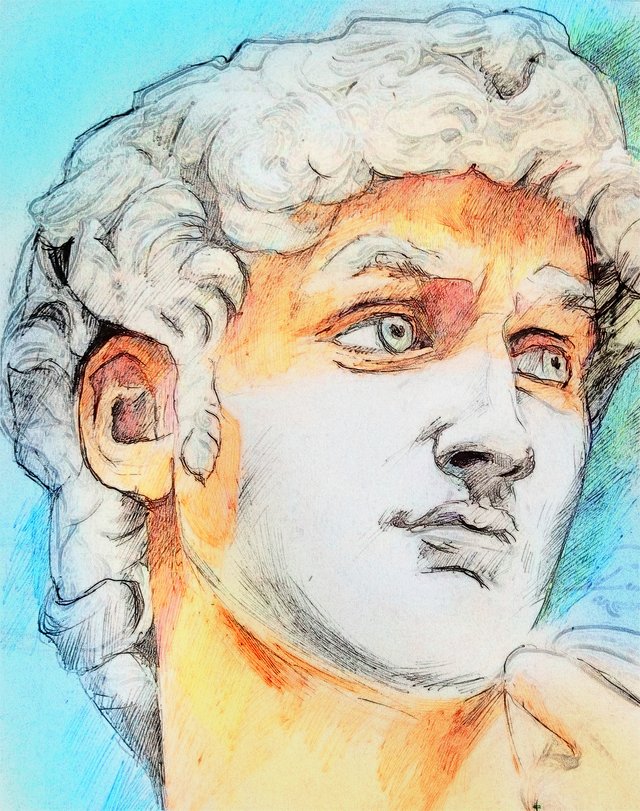About the masks
I walk in a mask on the street, because it is very hot here and having sprayed the mask with water, it is much easier to tolerate the heat.
Go out into the street today without a mask in Hong Kong, Seoul or Tokyo - and you are likely to cast a sideways glance.
Since the outbreak of coronavirus, residents of some countries have eagerly embraced the custom of covering their nose and mouth with a mask; proceeding without a mask, you run the risk of running into general condemnation.
At the same time, in many other parts of the world - from the UK and the USA to Australia or Singapore - it is quite acceptable to appear in public with an open face even today.
Why are masks worn and promoted in some countries and despised in others? The reason should be sought not only in the attitudes of the government and doctors, but also in culture and history.
Will the situation with the intensification of the pandemic change?
Formal mask statements
Since the outbreak of coronavirus, representatives of the World Health Organization (WHO) have spoken out clearly on this subject. Only two categories of people should wear masks: patients with coronavirus (with obvious symptoms) and people caring for those who have already been diagnosed or suspected to have coronavirus.
Other people do not need to wear masks. There are several reasons for this.
Firstly, masks do not provide reliable protection. As current studies show, the virus spreads through droplets and through contact with infected surfaces. So, a mask can protect unless in a situation where a sick person comes very close to you and sneezes or coughs in your face.
According to experts, it’s much more effective to wash your hands more often.
In the photo is my drawing. Drawn by David Michelangelo, who was sunbathing in a mask.
